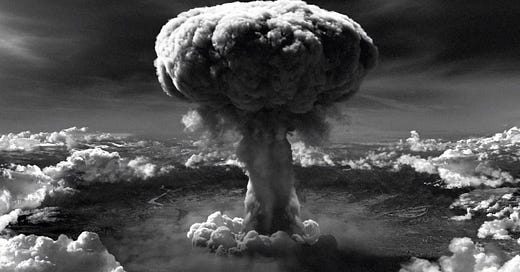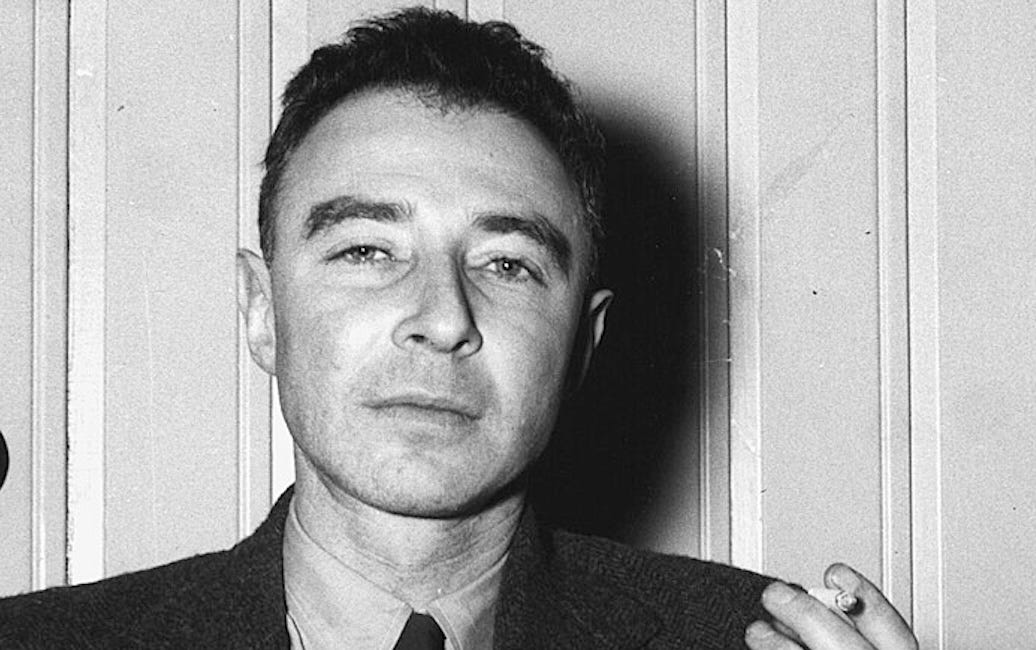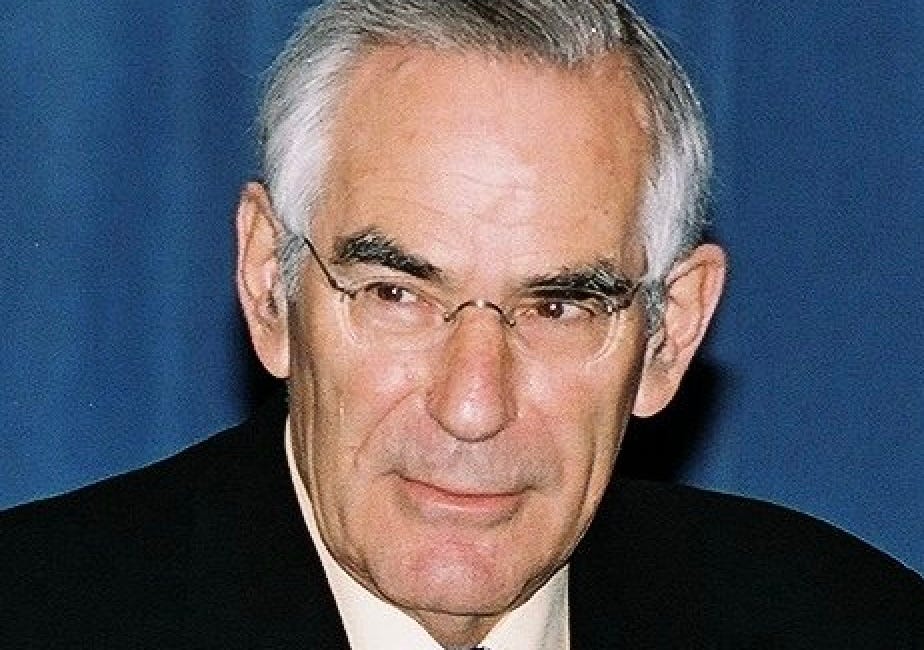The Manhattan Project, from scientific discovery to detonation
Review of The Making of the Atomic Bomb by Richard Rhodes
This book has it all: fascinating personalities, fundamental scientific discoveries explained with clarity, and the birth of political issues that are as relevant today as they were 80 years ago. That it is almost certainly the best book on the development of the atomic bomb is in itself remarkable, as the field is already overcrowded. Rhodes makes an entire era – the first half of the 20th Century – come alive in exacting detail.
The book starts with a ruminating Hungarian exile, Leo Szilard, as he wandered the streets of London. The concept of an atom bomb was germinating in his mind. His personality was quirky and his propensity to find just the right contact to advance his agenda made him the ideal vehicle to follow the story of the harnessing of the atom for military purpose.
But to offer a full view, Rhodes starts with the Curies and their milieu in Paris, when they discovered radiation – a fundamental new form of energy that could not be explained by chemistry – that was arguably the start of the 20th century revolution in physics. Not only does this story cover such luminaries as Einstein and Niels Bohr, but it includes many others lesser known, who added their discoveries to the pieces of the puzzle that finally elucidated the structure of the atom. Most importantly, James Chadwick discovered the neutron in 1932: unlike the electron and proton with their repelling electrical charges, this particle could penetrate the electron cloud and strike the nucleus of the atom, perhaps splitting it apart and releasing energies hitherto inaccessible with available technologies.
These developments are also brilliantly set in European and American historical context, when the rise of Nazism rendered them frighteningly relevant. In addition, other issues are addressed, such as the reason for the sudden blossoming of several Hungarian geniuses, including Szilard and John von Neumann, who left their homeland for the US.
Then Rhodes moves to the practical question of the Bomb's development, which was accomplished predominantly by European scientists in exile and some remarkable Americans as well. At the University of Chicago Enrico Fermi created the first self-sustaining nuclear reaction in Chicago in 1942, i.e. a chain reaction of neutrons splitting the nucleus of nearby uranium atoms, which in turn would strike and split others. This proved that an atom bomb was feasible.
From that point, the US government had to assemble a team capable of meeting the engineering challenges of creating the bomb. Eventually, in a stroke of genius, Robert Oppenheimer was chosen as the lead administrator. Up to that time, Oppenheimer had been a prominent theoretical physicist in California; he had never run anything or come up with anything truly pioneering, but was adept at synthesizing the theories of others. Once in a position of power, he exhibited an extraordinary talent to get things done: keeping all of the disparate issues in his mind, he was able to bring them to fruition at the right time.
Rhodes also covers the atom-bomb efforts that Werner Heisenberg was leading, and perhaps sabotaged or purposefully delayed, in Nazi Germany. Each personality is given the depth you would expect in a historical novel with adventure, such as Bohr's escape flight from Nazi-occupied Norway, and the infighting that went on behind the scenes. It is simply a masterpiece of historical reporting.
Though his output has covered many topics, from his personal sexual history to hard scientific topics and novels, Rhodes is indisputably one of America's greatest writers. I was fascinated by this book from page one. There is a fullness to Rhodes’ vision that you find in very few non-fiction writers.
Related:
Celebrity intellectual, protean administrator, and political martyr
It is rare to read a biography so rich in detail, so clear in ideas, and so beautifully written that it can be counted as literature. Oppenheimer is a unique figure in American history: starting as an academic, he became a master administrator for one of the most important technological breakthroughs in the…
The other bureaucrat who built the A-bomb
This biography fills a gap in the historical record: behind the incredible scientific and engineering triumph of the Manhattan Project, there was a master administrator who oversaw Robert Oppenheimer. Leslie Groves was that administrator, the take-charge guy who knew how to inspire, find competent people to whom he delegated tasks, cajole, and bully his…
Early post-Cold War world order: lost opportunites
This book is about in the early post-Cold War world order, written to influence events as they were evolving. With the collapse of the USSR, the US was the only superpower. It’s a study of leadership failure: Presidents George H. W. Bush and then Bill Clinton did not want to pay attention to the disintegration of Yugoslavia until it reached murderous pr…









I agree wholeheartedly. Full disclosure: it is VERY LONG and I only got 2/3 through
In the last third of my working years before retiring, I worked in eldercare, and one of those I helped care for was a chemist who had worked on the Manhattan Project. After the war, he went to Oxford to study, and he was asked by a registrar, "Can you tell me how it is, that you, an apparently healthy young man, somehow managed to avoid military service during a major conflict?". Without batting an eye, he replied, "I built the A-bomb".